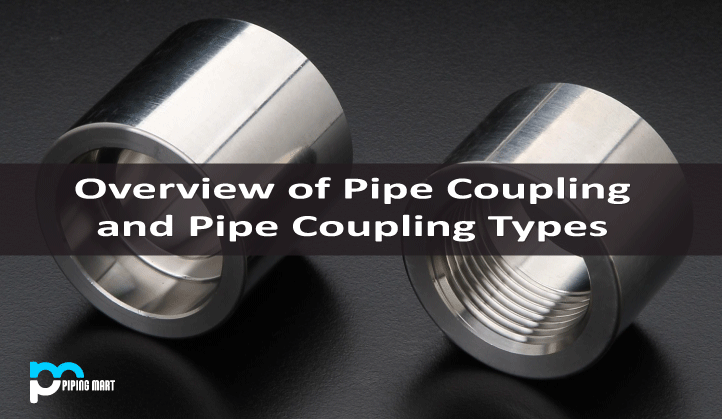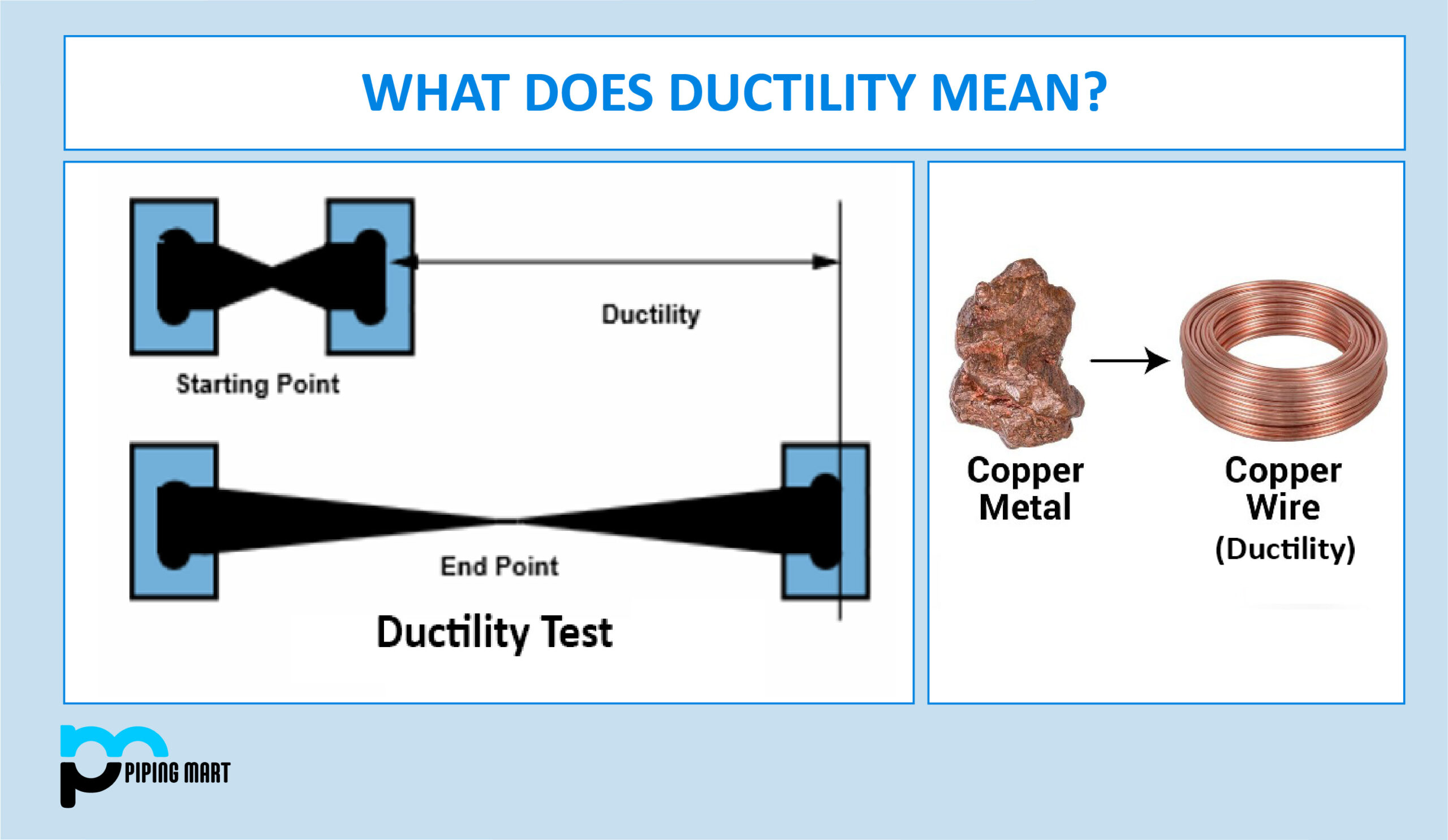A load acting on a piping system that attempts to distort it causes stress to be produced is called piping stress. The piping system will resist that force by producing stress due to the inertia effect, which causes an internal resistance force.
Types Of Loads That Cause Stresses In A Plumbing System
- Pipe weights, fluid weights, insulation weights, valve, actuator, and flange weights are examples of weight loads. Other weight loads include sand weights, rail weights, and truck weights for buried pipelines.
- Internal, exterior, and hydrotest pressures are all types of pressure.
- Maximum and minimum temperature ranges, black bulb temperature, and the temperature at which steam exits are all examples of temperature change.
- Slug force, surge force, vibration, seismic events, high-speed winds, relief valve popping, and settlement are examples of occasional loads.
Types of Piping Stress
- Axial stress
As long as the pipe has anchoring that causes resistance against this expansion, heated fluids passing through it and generating thermal expansion frequently cause axial loads to grow. The best pipe systems are stiff but yet include some room for expansion, typically through metal expansion joints.
A mobility allowance is one of an expansion joint’s many benefits. This is significant because, as a self-limiting stress, the modest displacement reduces the overall axial stress associated with thermal expansion. Simply put, the forces that are already in place lessen when a pipe moves or expands, making the pipe more stable.
- Hoop stress
Hoop stress runs along the curved border of the pipe and is perpendicular to axial stress, which travels either forward or backward along the pipe in a straight line. This push around the circle of the pipe is caused by internal pressure. Because internal pressure does not decrease as long as the system is in operation, hoop stress is not self-limiting. Additionally, it varies with pipe thickness; generally speaking, thicker pipes result in lower hoop stress.
- Radial stress
Internal pressure also contributes to radial stress. It pushes outward rather than along a curved axis. The difference between internal and external pressure produces the total radial pressure.
- Fatigue
Another form of stress in pipe systems is fatigue. When pipes are in operation, they frequently undergo changes in temperature as well as changes in pressure. Over time, these cycles (cycle life is a typical statistic for estimating a pipe’s lifespan) reduce pipe strength.
- Sheer stress
Shear stresses operate in a direction perpendicular to the material’s crystal structure’s face. This tension causes a propensity for one plane to slide against the other. Shear forces may be brought on by the twisting or torsional moments, as well as the shear forces that are applied to the pipe cross section.
- Thermal or expansion stress
When the pipe’s free thermal movement is restricted, thermal or expansion stress in the piping system is produced. The pipe is set up at ambient or atmospheric temperature, and while it is in use, it transports fluids of various temperatures. Thus, pipe length changes as a result of a change in temperature. Expansion stress is produced as a result of the supports or end equipment connections restricting this free thermal movement.

Pipingmart is B2B portal specializes in industrial, metal and piping products. Also, share latest information and news related to products, materials and different types grades to help business dealing in this industry.




